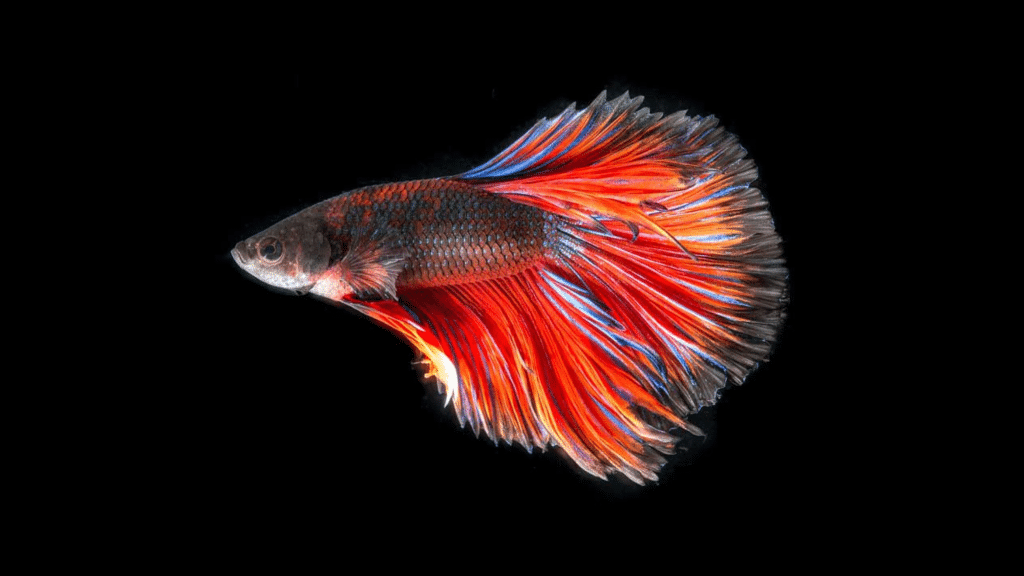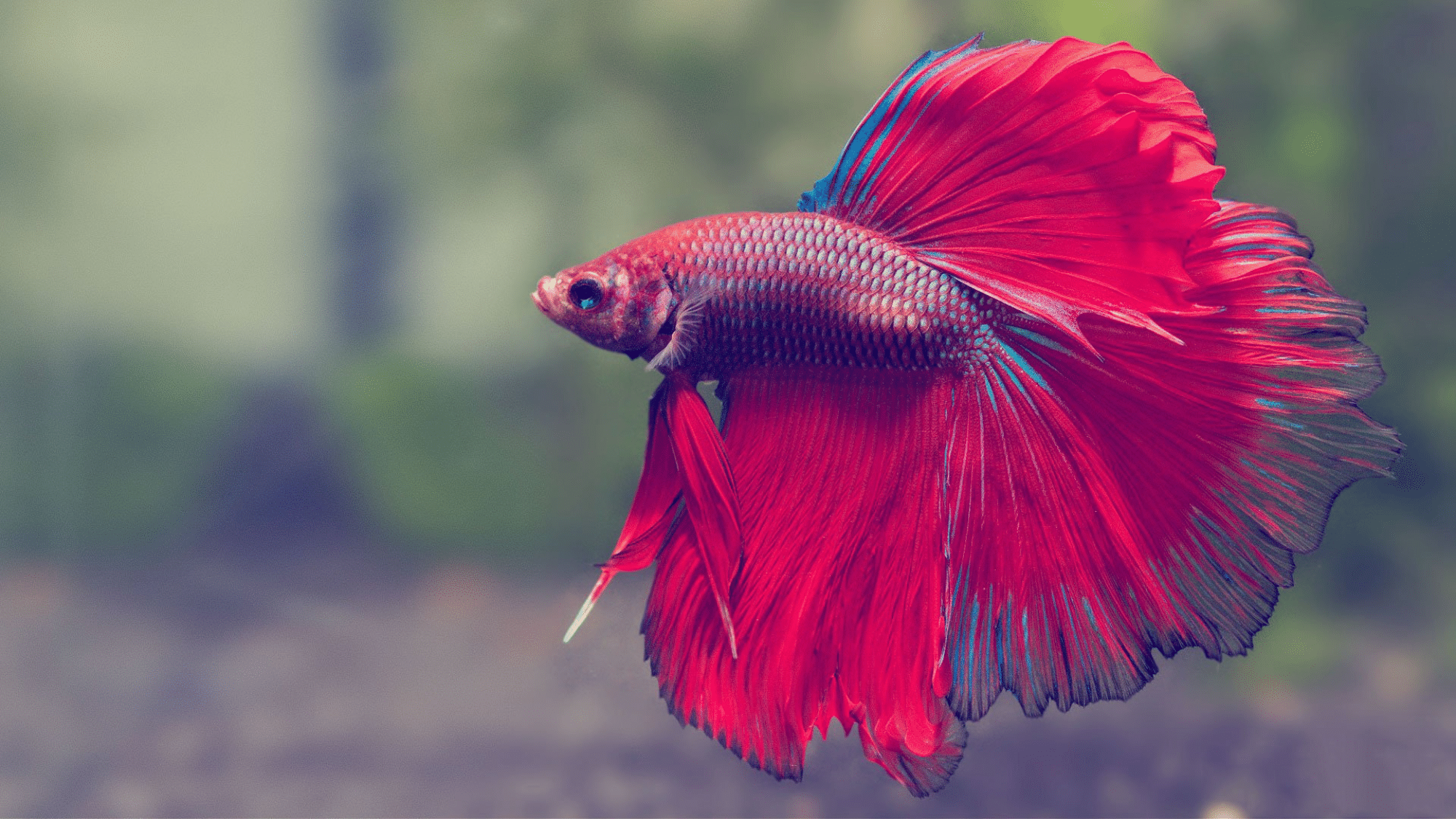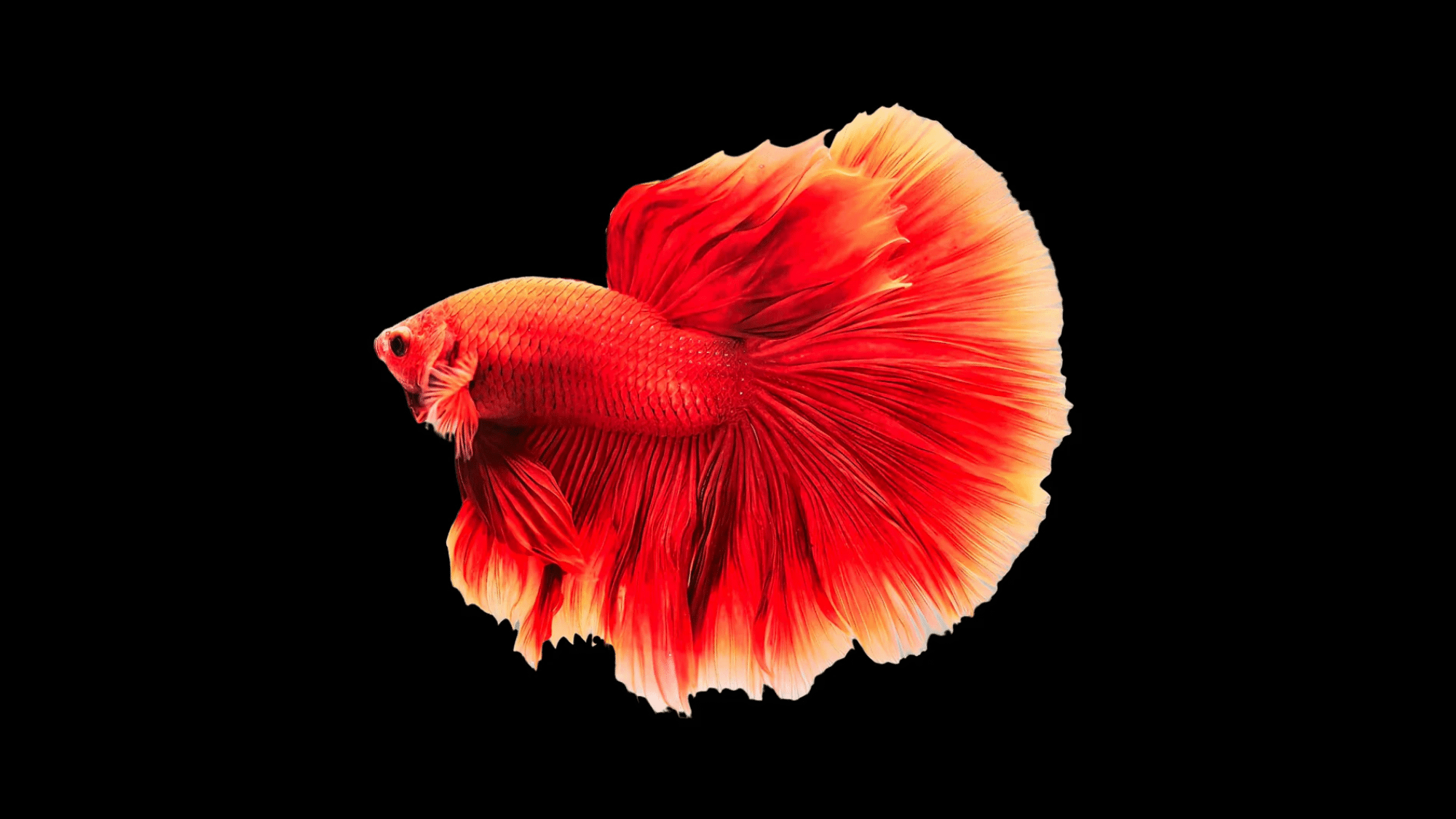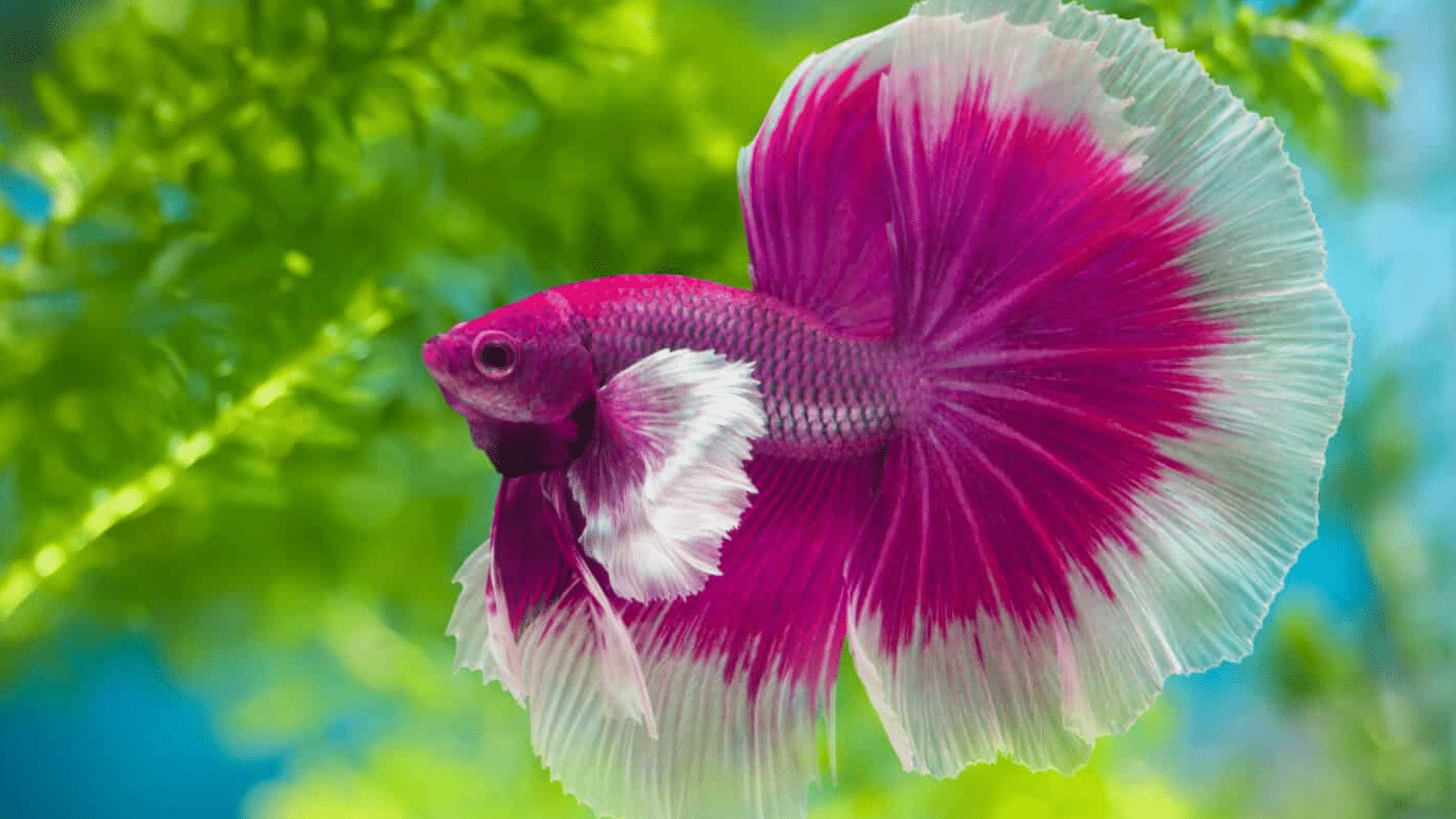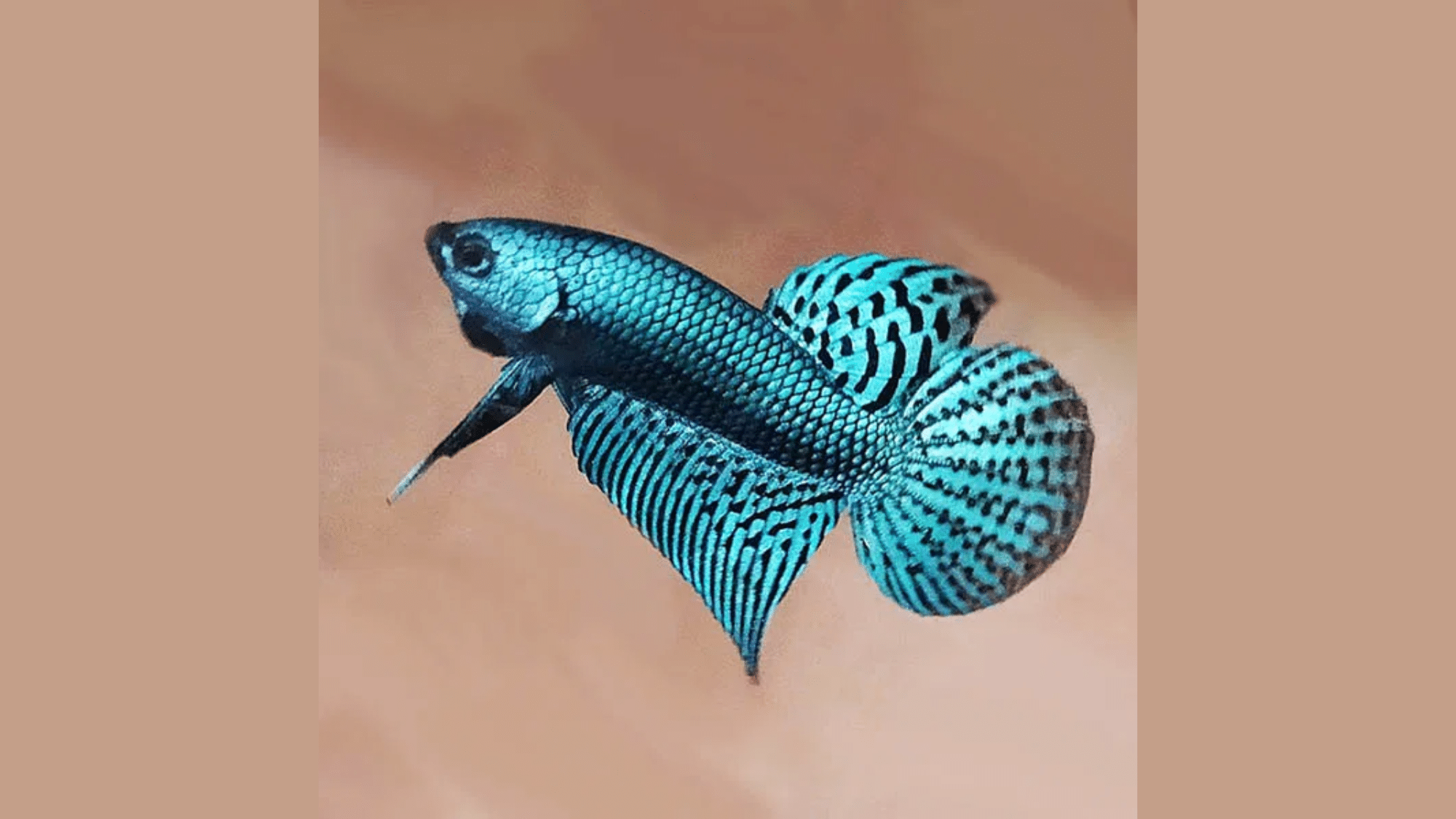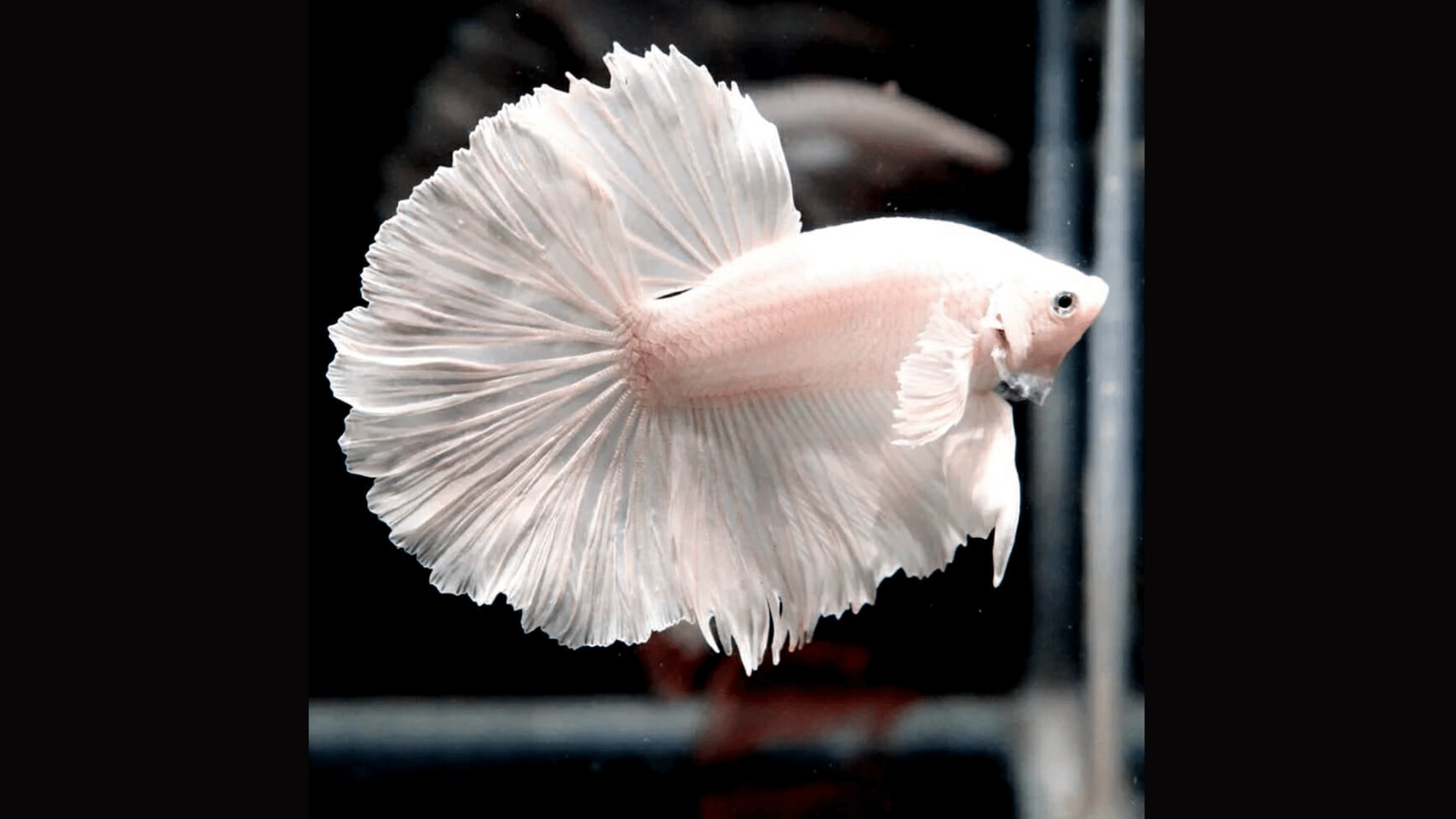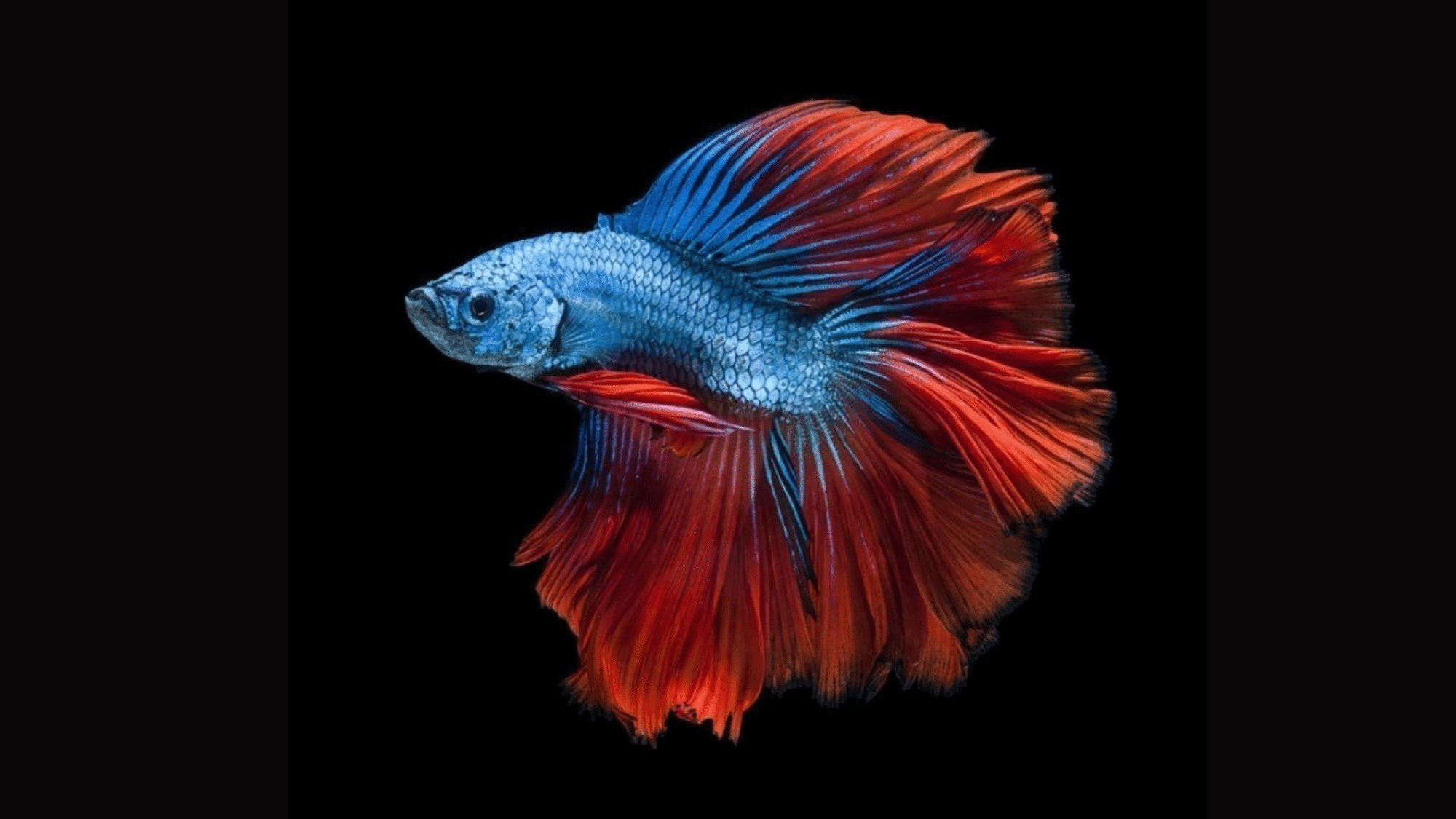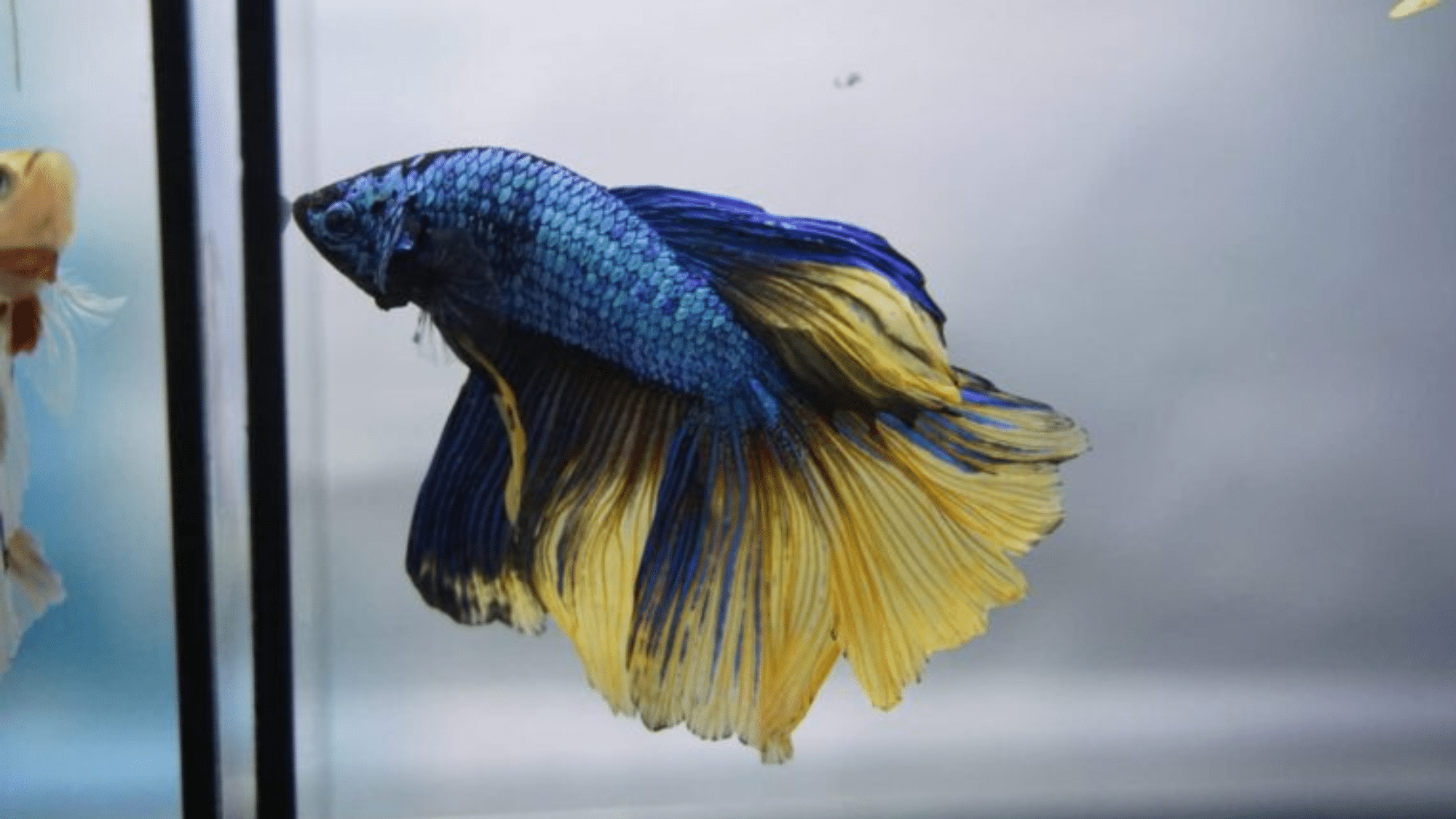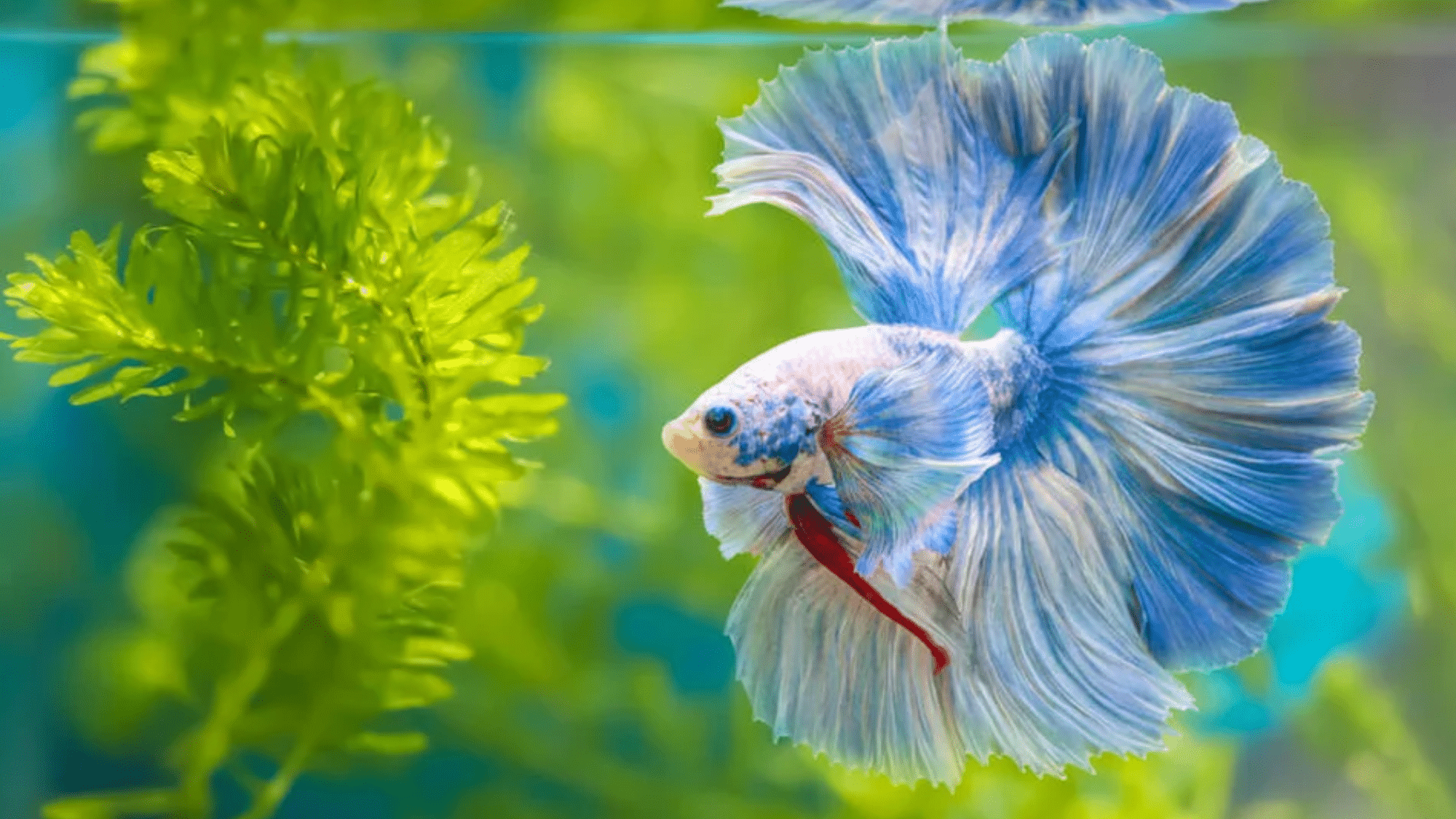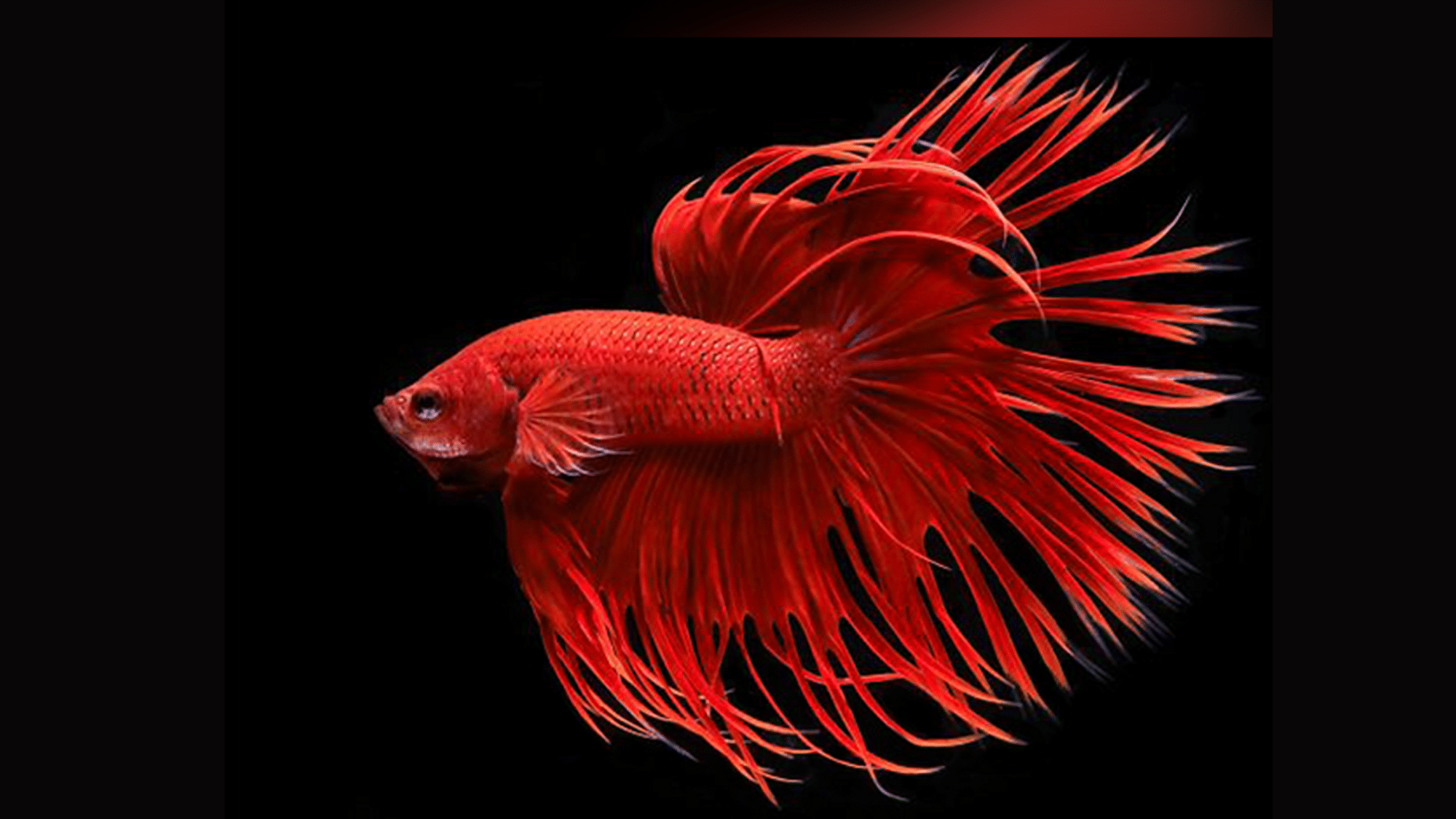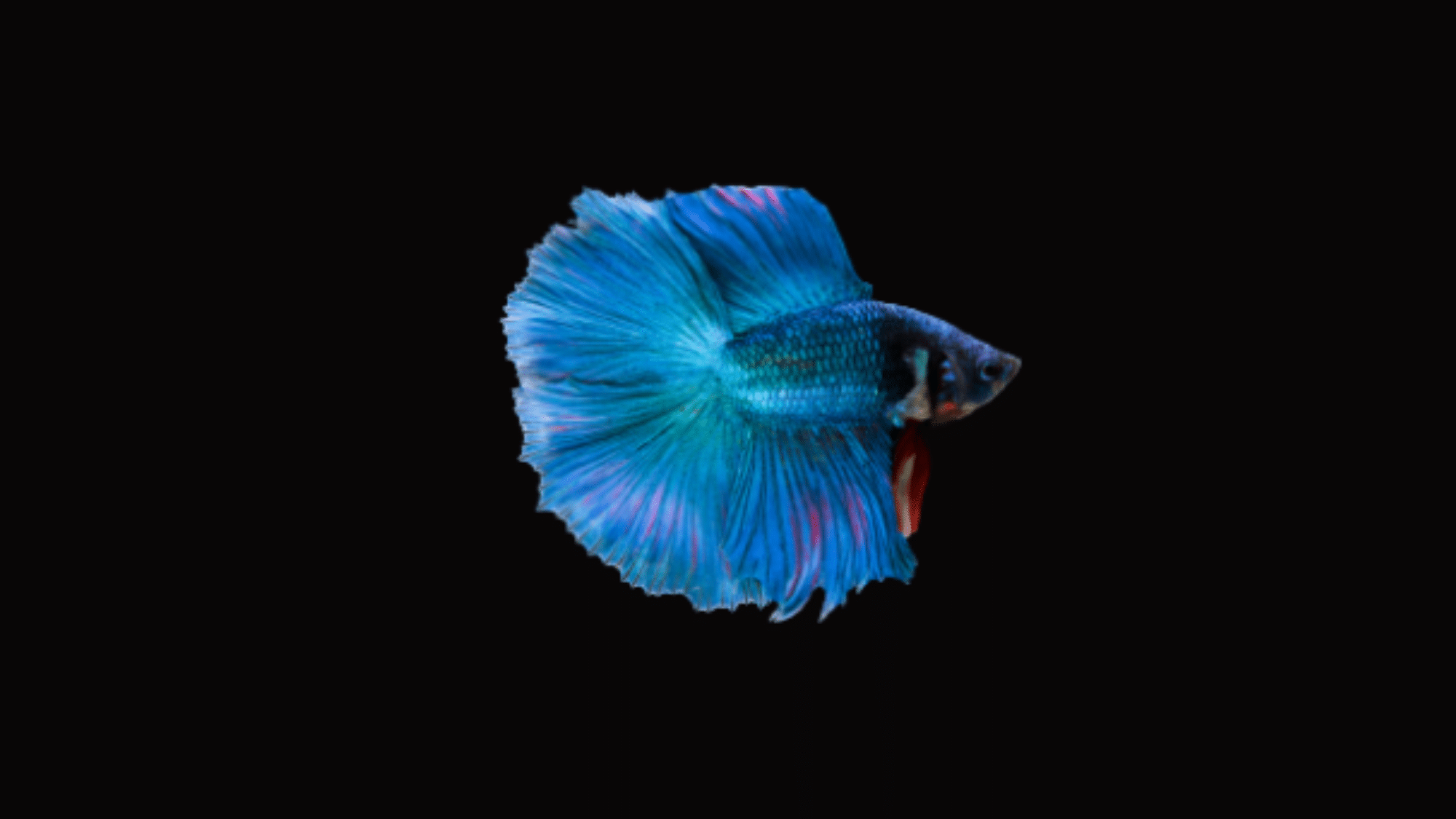Betta fish attract many fish owners with their bright colors and flowing fins.
These small pets need less work than many other animals, but still offer lots to enjoy and learn about.
When you bring a betta home, you will want to know how to keep it healthy and happy. Good care starts with understanding what these fish need.
This list of facts is divided into 10 categories, which will help both new and long-time betta owners learn useful things about these water pets.
What is a Betta Fish?
A betta fish is a small, colorful fish often kept in home aquariums. People love them for their bright colors and flowing fins.
Betta fish are known for their unique personalities and don’t need much space to live. They are usually kept alone and can be fun to watch.
With the right care, bettas can be healthy, happy pets that bring beauty and interest to any room.
Origins & Natural History
1. Betta fish are native to Southeast Asia, specifically Thailand, Cambodia, Laos, Vietnam, Malaysia, Indonesia, and Myanmar.
2. The species Betta splendens is commonly known as the Siamese fighting fish.
3. Bettas were first domesticated in Thailand over 1,000 years ago, making them one of the longest-domesticated fish species.
4. Wild bettas inhabit shallow waters like rice paddies, marshes, floodplains, and slow-moving streams.
5. Their natural habitats are rich in aquatic vegetation and surface foliage, providing shelter and territory.
6. Bettas evolved a labyrinth organ to survive in low-oxygen waters, such as stagnant rice paddies.
7. The genus Betta was described by Pieter Bleeker in 1850.
8. The Betta genus has over 70 recognized species, though Betta splendens is the most famous.
9. In the wild, bettas are found at low population densities, about 1.7 individuals per square meter.
10. Bettas are listed as “vulnerable” in the wild due to habitat loss and pollution.
Classification & Species
11. Bettas belong to the family Osphronemidae and subfamily Macropodusinae.
12. They are ray-finned fishes (class Actinopterygii).
13. The genus includes both bubble-nesting and mouthbrooding species.
14. Mouthbrooding bettas are sometimes called “pseudo bettas”.
15. Bubble-nesting is considered the ancestral spawning behavior in bettas.
16. Mouthbrooding developed multiple times in the genus.
17. Mouthbrooding species show less sexual dimorphism than bubble-nesters.
18. The smallest betta species is B. chanoides (under 2.5 cm).
19. The largest is the Akar betta (B. akarensis), reaching 14 cm.
20. The type species is Betta trifasciata.
Appearance & Coloration
21. Bettas are renowned for their vivid colors and elaborate fins.
22. Selective breeding has produced a vast array of color morphs and fin types.
23. Wild bettas are generally less colorful than captive-bred varieties.
24. Male bettas are more colorful and have longer fins than females.
25. Common fin types include veil tail, crown tail, halfmoon, double tail, and plakat.
26. Bettas can display iridescent colors due to specialized skin cells called iridophores.
27. Some bettas can change color slightly depending on mood or health.
28. Albino and marble bettas are rare but exist due to selective breeding.
29. Bettas can have solid, bi-color, or multi-color patterns.
30. The “dragon scale” morph is known for thick, metallic-looking scales.
Behavior of Beta Fish
31. Bettas are highly territorial, especially males.
32. Male bettas will fight, often to the death, if housed together.
33. Females can be territorial, but less aggressively so.
34. In the wild, males establish territories among dense plants.
35. Bettas are diurnal, active during the day and resting at night.
36. They recognize their owners and can be trained to perform simple tricks.
37. Bettas display flaring behavior (extending gill covers and fins) to intimidate rivals.
38. Males build bubble nests as part of their mating ritual.
39. Bettas can jump out of the water, so tanks should be covered.
40. They are curious and will explore their environment.
Breathing & Physiology
41. Bettas have a labyrinth organ, allowing them to breathe atmospheric air.
42. This adaptation lets them survive in low-oxygen environments.
43. They can drown if denied access to surface air.
44. Bettas can survive short periods out of water if kept moist.
45. They have excellent vision and can see a range of colors.
46. Bettas have a lateral line system to detect vibrations in water.
47. Their sense of smell helps them locate food and mates.
48. Bettas are sensitive to water temperature and quality.
49. They are susceptible to diseases like fin rot and ich.
50. Males have longer, more pointed ventral fins than females.
Diet & Feeding
51. Bettas are carnivorous, eating insects, insect larvae, and small crustaceans in the wild.
52. In captivity, they thrive on high-protein diets, including pellets, flakes, and frozen foods
53. Bettas can be picky eaters; they refuse food due to stress or personal food preferences.
54. Bettas cannot survive on plant roots alone, despite some marketing claims.
55. Overfeeding can lead to obesity and health problems.
56. Bettas have small stomachs, about the size of their eye.
57. They can go up to two weeks without food, but this is not recommended.
58. Bettas are opportunistic eaters, consuming whatever food is available.
59. They often eat mosquito larvae in their natural habitat.
60. Bettas can recognize feeding times and may “beg” for food.
Reproduction & Life Cycle
61. Bettas are oviparous, laying eggs during spawning.
62. Males build bubble nests to house the eggs.
63. After spawning, the male collects eggs and places them in the nest.
64. The male guards and tends the nest, chasing away the female.
65. Females may try to eat the eggs if not removed after spawning.
66. Eggs hatch in 24–48 hours, depending on temperature.
67. Fry remain in the nest for a few days before becoming free-swimming.
68. Mouthbrooding species carry eggs in their mouths until hatching.
69. Bettas reach sexual maturity at 3–4 months old.
70. Males can breed every few weeks, but frequent breeding can be stressful.
Lifespan & Health
71. Average lifespan in captivity is 2–5 years, sometimes up to 9 years with excellent care.
72. Wild betta lifespans are less well documented.
73. Clean water and proper diet are crucial for longevity.
74. Common health issues include fin rot, velvet, and swim bladder disease.
75. Stress from poor water conditions or tankmates can shorten lifespan.
76. Bettas are sensitive to ammonia and nitrite in water.
77. They require stable water temperatures, ideally 24–28°C (75–82°F).
78. Sudden temperature changes can cause shock.
79. Bettas can regenerate damaged fins if the water quality is good.
80. Lethargy, loss of color, and clamped fins are signs of illness.
Tank Setup & Care
81. Bettas need at least a 5-gallon tank, but larger is better.
82. Tanks should be filtered and heated to maintain stable conditions.
83. Bettas do best in tanks with gentle water flow.
84. Sharp decorations can tear their delicate fins.
85. Live or silk plants provide enrichment and hiding spots.
86. Bettas appreciate floating plants, which mimic their natural habitat.
87. They need access to the water surface for breathing.
88. Regular water changes are essential for health.
89. Tankmates must be chosen carefully due to aggression.
90. Female bettas can be kept in groups called sororities, with caution.
91. Bettas can coexist with peaceful bottom dwellers like snails or shrimp.
Cultural & Economic Significance
92. Bettas are the national aquatic animal of Thailand.
93. They have been bred for fighting, beauty, and endurance.
94. Betta fighting is a traditional pastime in some Southeast Asian cultures.
95. Selective breeding has created hundreds of color and fin varieties.
96. Thailand is the world’s leading exporter of bettas.
97. Most bettas in the US come from breeding farms in Thailand.
98. Bettas are among the most popular aquarium fish globally.
99. They are sometimes called “designer fish” due to their variety.
100. Bettas have inspired art, literature, and even postage stamps.
Conclusion
What to do with all these facts? Use them to make a better home for your water pet.
Check that your tank has clean water, the right temperature, and enough space. Feed your betta the correct amount of protein-rich food.
Want to learn more? Leave a comment below with your questions about betta fish care.
Or share your own story about your finned friend. Your experiences help other fish owners, too!

